Oil price posts two-year highs - but how long can it last?
Brent rose above $59 a barrel this week, its best third-quarter showing since 2004
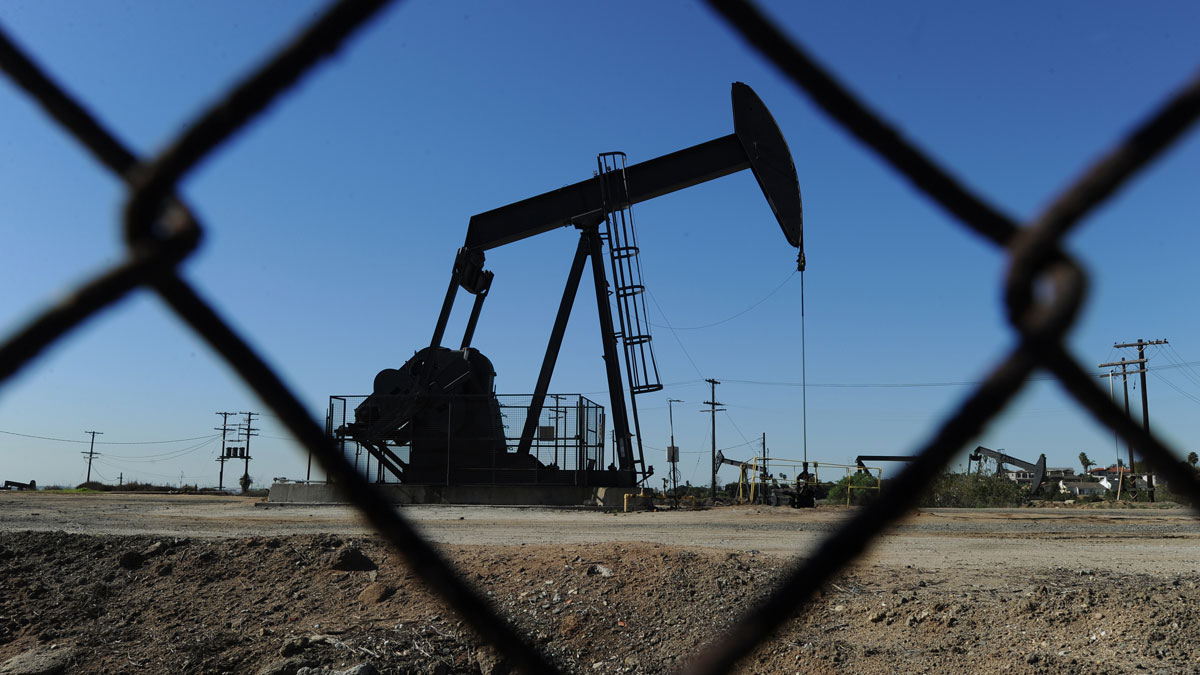
Oil price rally ends over doubts on Opec supply deal
10 October
Oil ended its winning streak in early Monday trading, as simmering doubts about a tentative deal to cut global production bubbled back to the surface.
Prices have been on a prolonged rally since the 14-nation Opec cartel shocked markets late last month by agreeing a preliminary reduction in its output, taking both the international and US benchmarks back above $50.
The Week
Escape your echo chamber. Get the facts behind the news, plus analysis from multiple perspectives.

Sign up for The Week's Free Newsletters
From our morning news briefing to a weekly Good News Newsletter, get the best of The Week delivered directly to your inbox.
From our morning news briefing to a weekly Good News Newsletter, get the best of The Week delivered directly to your inbox.
However, Brent crude, which sets prices in the North Sea, was down 0.5 per cent to around $51.70 a barrel this morning, while US counterpart West Texas Intermediate was back below the $50 mark, at $49.50.
Now the dust has settled on the latest set of figures showing a slight fall in oil stockpiles in the US, the broader problem of a massive oil supply "overhang" is back in focus – and traders see a coordinated cut to exports by major producers as the only sustainable solution.
Opec has said it will cut production from as estimated 33.6 million barrels a day now to between 32.5 and 33 million barrels.
But the deal is not fully agreed and who is cutting what still needs to be finalised. It is also yet to secure the backing of any non-Opec states, especially Russia, which is pumping oil at record levels.
A free daily email with the biggest news stories of the day – and the best features from TheWeek.com
All eyes are on this week's informal meeting of global energy ministers in Istanbul to close some of these gaps.
But Reuters reports there will be no representatives from key Opec members Iran or Iraq and that Iraq, the cartel's second-biggest producer, "said over the weekend that it wants to raise output further in 2017".
As for Russia, DailyFX says "Russian Energy Minister Alexander Novak said he doesn’t expect to reach a deal with Opec… this week".
Even de facto Opec leader Saudi Arabia is apparently trying to manage expectations on the agreement, with energy minister Khalid Al Falih saying the group must "make sure we don’t crimp too tightly and create a shock to the market".
The Financial Times says: "Should a big cut of at least one million barrels a day not take place, delegates and market analysts say any reduction will not make a meaningful difference to easing excess supplies."
All of this is unlikely to stop prices rebounding again in the coming days as "headlines about cooperation" emerging from Istanbul once again spur investor confidence, said Morgan Stanley.
Oil price boosted by Hurricane Matthew
7 October
The oil price hit a new four-month high yesterday, thanks to data showing falling reserves and speculation growing over further supply disruption.
Global benchmark Brent crude rose 1.3 per cent to more than $52.50 a barrel, the highest since early June. It edged up another 0.4 per cent to $52.70 in London trading this morning.
US counterpart West Texas Intermediate also broke through the $50 barrier as it added 1.2 per cent to reach $50.44 a barrel, another peak since before the EU referendum. This morning, the benchmark had similarly added 0.4 per cent to $50.66.
Oil has been broadly rising since last week's shock agreement among the 14 members of the Opec cartel to cut production, which caught the market off-guard and prompted hopes of an end to a prolonged supply glut.
While the deal still has to be finalised at a formal meeting in November, hopes it will hold were given a boost by news that representatives of member countries, as well as non-Opec producers such as Russia, will meet next week to discuss the proposals, says the Wall Street Journal.
Sentiment on supply was buoyed further by data from the US Energy Information Administration and American Petroleum Institute that showed raw crude stockpiles falling for the fifth consecutive week.
Hurricane Matthew, which was this morning downgraded to a category three storm, but is still causing chaos across Florida after completing its tragic path through Haiti, is expected to add to the trend by disrupting US imports, says MarketWatch.
But the oil-price rally is not likely to be plain sailing. Prices dipped early on Thursday after a third report showed a rise in US inventories at its key delivery hub last week.
Many analysts also remain unconvinced the Opec deal will be fully agreed, or will do enough to undo the massive overhang in the market from the past two years. CNBC says technical indicators suggest both oil price benchmarks have been "overbought".
Norbert Ruecker, the head of commodity research at Swiss bank Julius Baer, said both the supply and Opec deal "trends are temporary and unlikely to mark the easing of the oil supply glut".
He added: "We see more downside than upside from today's price levels."
Oil price drops despite US stocks draw
6 October
US crude oil reserves were confirmed as having fallen markedly last week, but that didn't prevent the oil price from easing back from highs hit earlier in the day.
Brent crude had been closing in on $52 a barrel and was at a peak not seen since the beginning of June, but it dipped in overnight trading in the US and Asia and was down 0.8 per cent, to $51.44, in London this morning.
West Texas Intermediate had been expected to push through the $50-a-barrel mark if official data confirmed the stocks draw. However, it was also down 0.8 per cent this morning, hitting $49.41.
US regulator the Energy Information Administration (EIA) estimated in its latest update that the country's crude oil stockpile declined by three million barrels last week, says Reuters.
Unofficial data published a day earlier by the American Petroleum Institute (API) predicted a 7.6 million barrel drop.
That figure drove the latest leg of an oil rally kick-started by a surprise deal among the Opec oil cartel countries last week to cut production. Taken together, this implies the end of the two-year supply glut that has caused the prolonged oil price slump.
That the price has not broken free of its shackles since the Opec announcement reflects pessimism that the agreement will break down before it is finalised in November.
Such concerns were stoked further by last night's news that Saudi Arabia has cut the price on its "flagship physical crude" exports to Asia, the world's key oil market.
This suggests the aggressive market share battle is far from over and that has negative implications for the output deal. It also weighs down directly on global prices.
Emphasising the cynicism that reigns among analysts, the Wall Street Journal's monthly survey of investment bank predictions showed forecasts for the oil price in 2017 have actually been lowered, by $1 to an average of $56.
"This is still only a plan and no final agreement has been made," said Hamza Khan, the head of commodity strategy at ING Bank. "There may be a sea change come November but until then, the global oil market remains in surplus."
Oil price hits highest since June as US reserves fall
5 October
Brent crude is heading towards $52 as its bull run continues.
The international benchmark, which sets the oil price for the North Sea region, was up 1.7 per cent in London and traded early this afternoon at $51.73 a barrel, its highest level since the beginning of June, before the Brexit vote sent risk assets tumbling.
Its US counterpart West Texas Intermediate was also up 1.7 per cent, to $49.50 a barrel.
Oil has been in rally mode since the Opec cartel's shock announcement last Wednesday that its 14 members had agreed to cut production for the first time in eight years.
The deal, which will be finalised next month, has boosted trader sentiment and given investors the belief that the end of a two-year supply glut – and the consequent oil price slump – is in sight.
In this context, a report today from the American Petroleum Association, which estimates there was a 7.6 million barrel draw on US oil stockpiles last week, is hugely positive. It's this report that has driven the latest price surge.
Reuters says the draw would mark the fifth consecutive week of falling reserves.
Experts are now waiting for official data from by the Energy Information Administration confirming this reduction. If it confirms the draw, analysts expect US oil to rise above $50 a barrel.
Whether the upward move is maintained is a matter of debate. Nick Cunningham warns on Oilprice.com that the fundamental position has not changed and the "bottom could fall out of this oil rally".
He says raw crude stocks have dropped from their previous record highs, but are still around ten per cent higher than they were the same time last year.
Reserves of refined products such as petrol are up almost five per cent despite a huge increase in demand from drivers. This suggests the "build-up in products is just too high", argues Cunningham.
Essentially, he says, the market is still overstocked and expectations for a growth in demand have fallen. This explains why the International Energy Agency expects oil prices to remain low well into next year.
Oil prices down as Iranian exports surge
4 October
Oil prices fell today in response to a rise in Iranian exports that swelled the global supply glut.
Brent crude oil futures were trading at $50.63 per barrel this morning, down 26 cents, or 0.5%, from their previous close. Meanwhile, US West Texas Intermediate crude was down 32 cents, or 0.66%, at $48.49 a barrel.
Traders said prices had been hit by the latest rise in Tehran's exports, which are expected to have reached about 2.8m barrels per day last month. This almost matches the 2011 peak in shipments before sanctions were imposed.
Opec's announcement last week that it is planning to cut output has caused a flurry of optimism in the industry. There is hope exporters outside the club, such as Russia, will join in, but the group will not finalise the extent of the output cut until its policy meeting in November.
The Financial Times says the industry should not "bet" on Moscow capping oil output because the "cost-efficient industry is coping well with weaker crude prices".
In a note to clients, Morgan Stanley said: "For now, optimism has returned and the market will anxiously await any confirmation of the agreement or additional non-OPEC participation."
It added that "the risk of disappointment" from a failed production deal is "high" and that the "fundamentals remain challenging/unchanged in the interim".
Barclays said it expects oil "prices will rise to the low $50 range in Q4".
-
 Trump vows naval blockade of most Venezuelan oil
Trump vows naval blockade of most Venezuelan oilSpeed Read The announcement further escalates pressure on President Nicolás Maduro
-
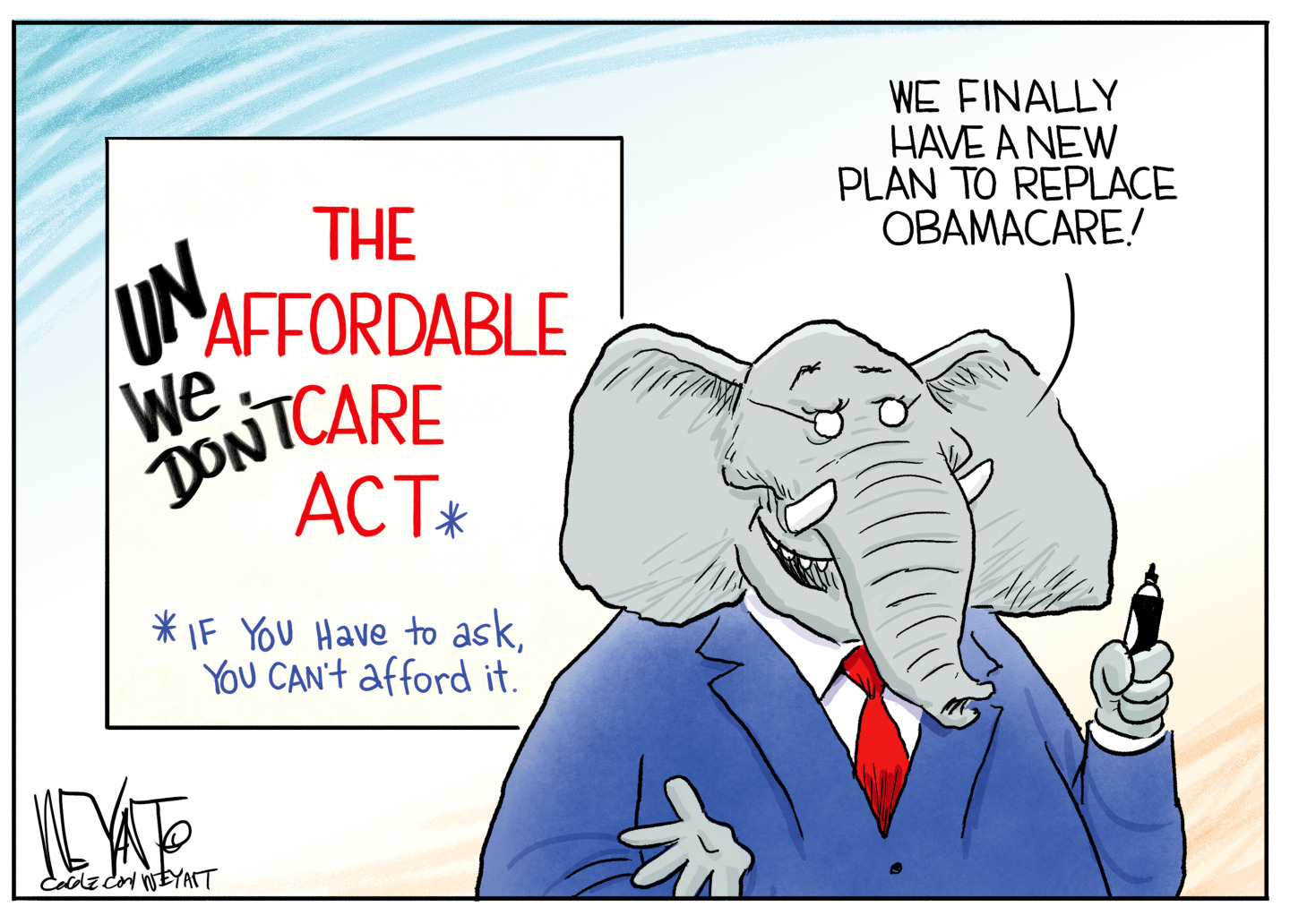 Political cartoons for December 17
Political cartoons for December 17Cartoons Wednesday's political cartoons include healthcare costs, the affordability hoax, giving up pencils, and more
-
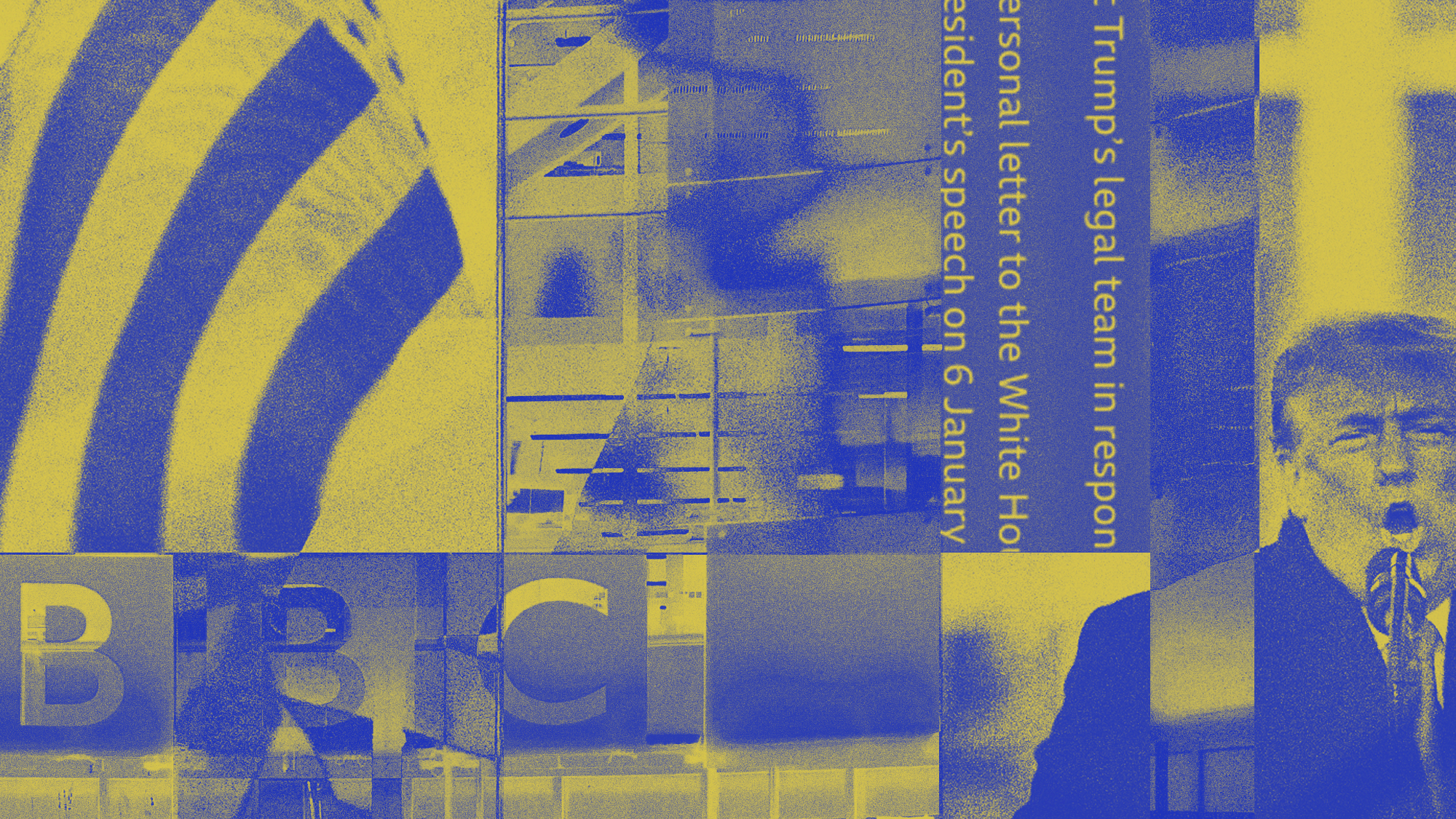 Trump vs. BBC: what’s at stake?
Trump vs. BBC: what’s at stake?The Explainer The US president has filed a $10 billion lawsuit over the editing of Panorama documentary, with the broadcaster vowing to defend itself
-
 How might the Israel-Hamas war affect the global economy?
How might the Israel-Hamas war affect the global economy?Today's Big Question Regional escalation could send oil prices and inflation sky-high, sparking a worldwide recession
-
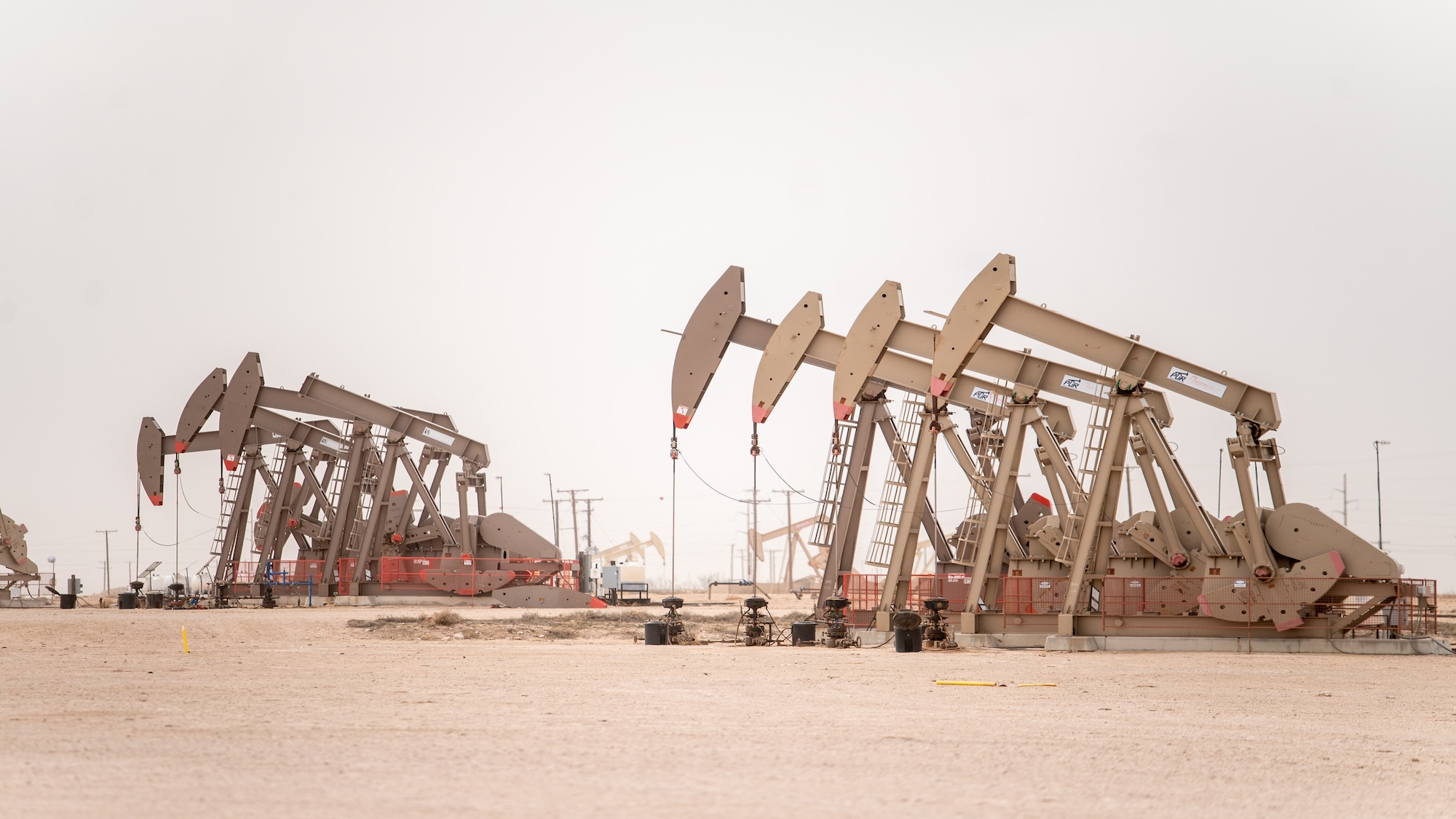 Recent mega-mergers could signal a turning point for the US oil industry
Recent mega-mergers could signal a turning point for the US oil industryTalking Point Both Chevron and Exxon have recently spent billions to acquire smaller oil companies
-
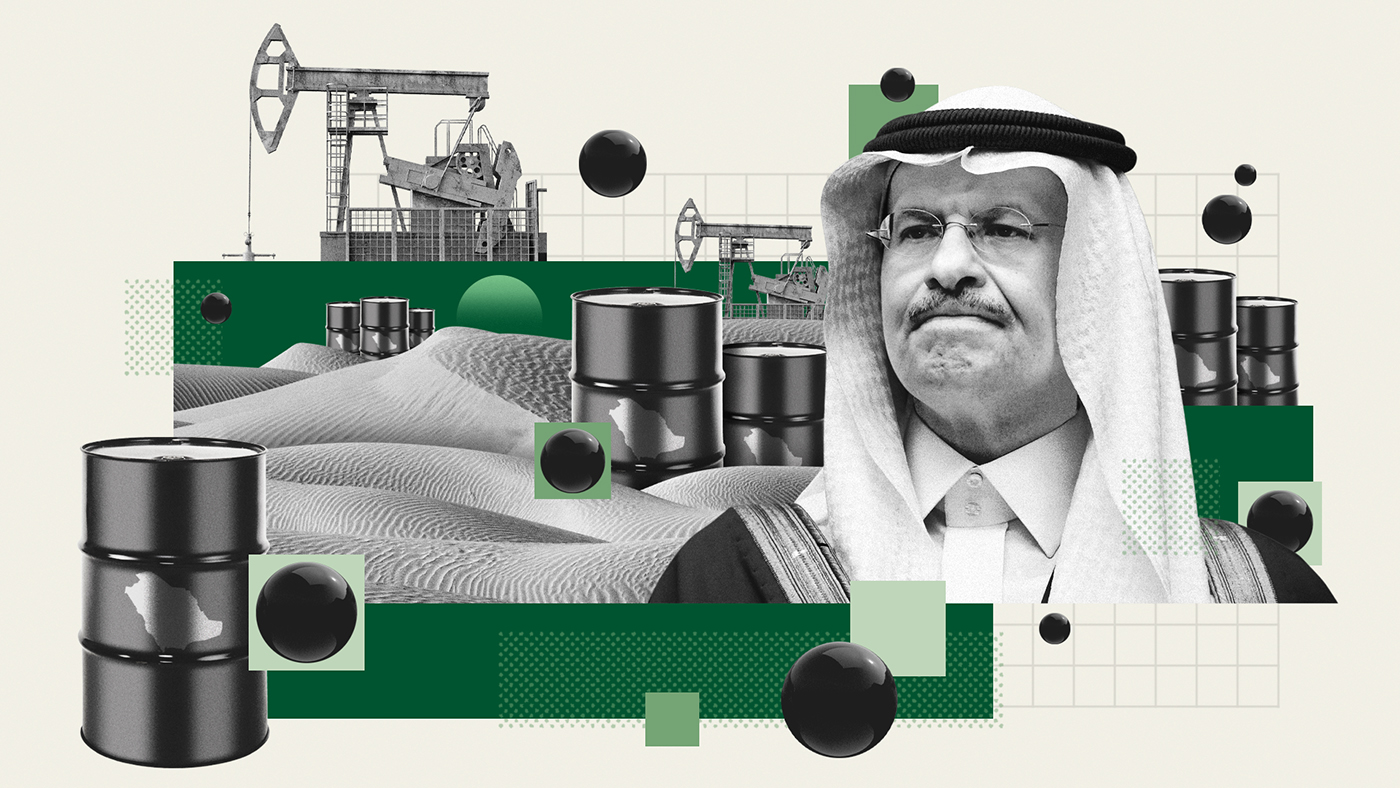 Has Saudi Arabia lost control of oil prices?
Has Saudi Arabia lost control of oil prices?Today's Big Question Kingdom goes it alone to cut production, risking tension with US and reigniting cooling inflation in Europe
-
 US angered by Opec+ oil cut
US angered by Opec+ oil cutSpeed Read Energy prices to rise further as producers slash supply by two million barrels a day
-
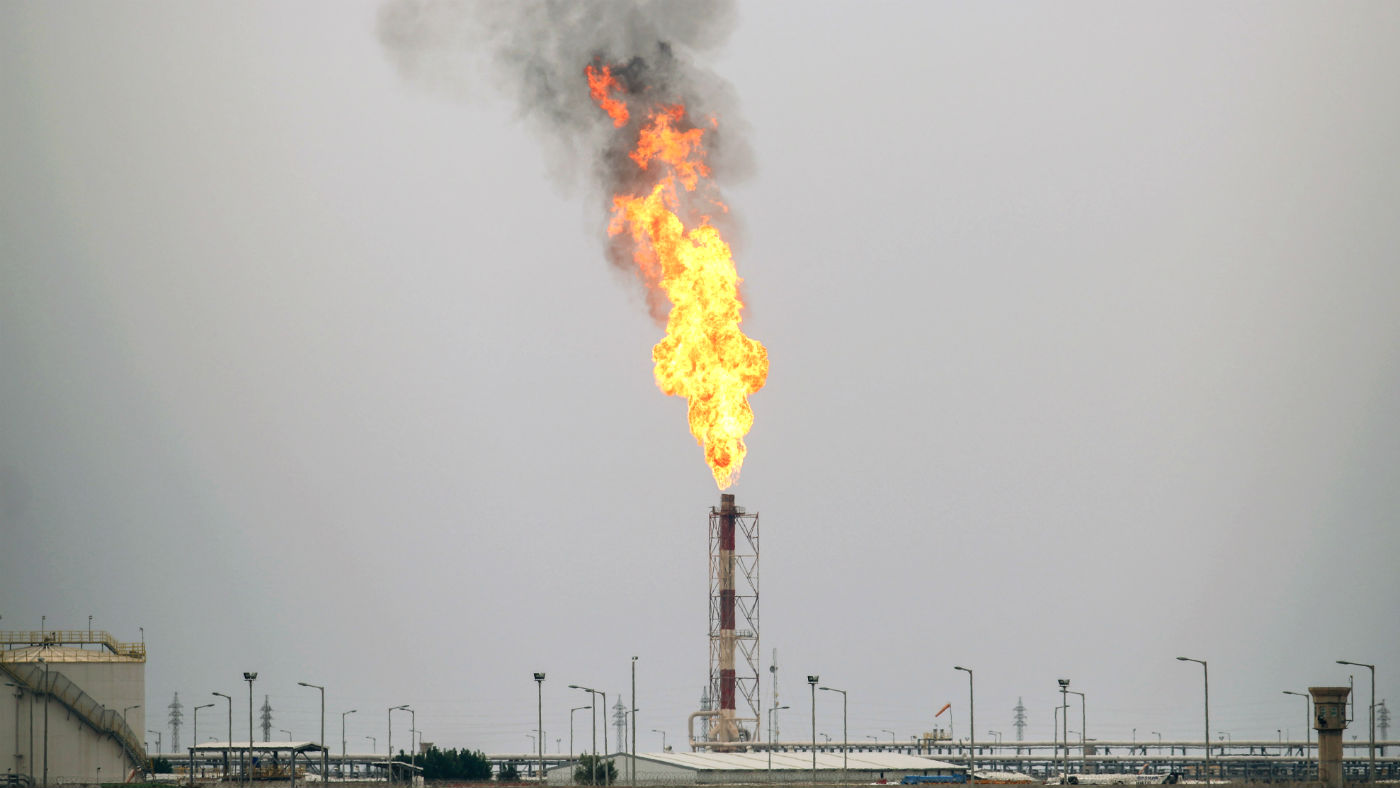 Global oil demand forecast lowered for 2020 and 2021
Global oil demand forecast lowered for 2020 and 2021Speed Read IEA report says jet fuel demand remains the major source of weakness
-
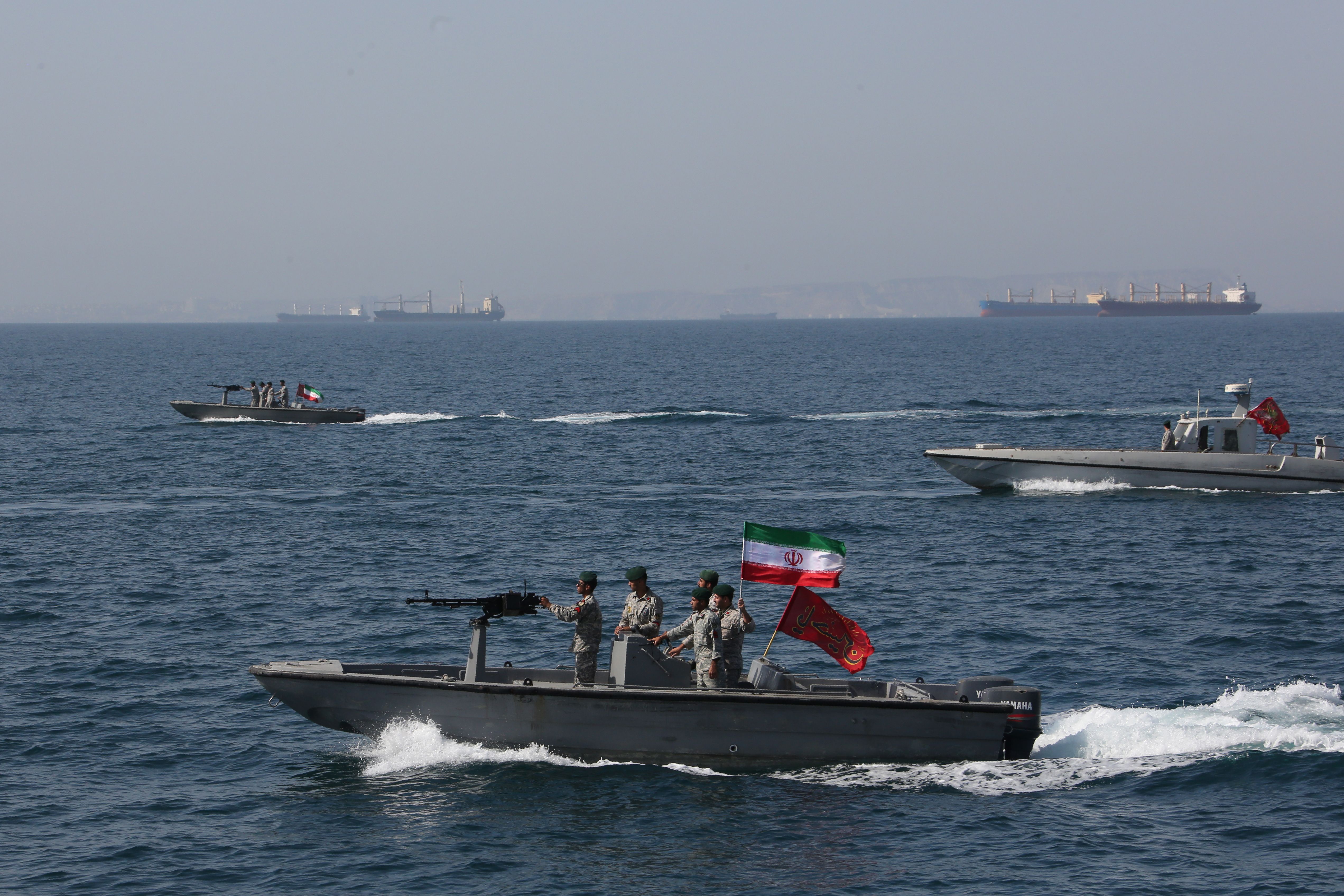 Are US-Iran tensions flaring again?
Are US-Iran tensions flaring again?In Depth Trump threatens military action over Twitter
-
 Can a deal be struck to raise oil prices?
Can a deal be struck to raise oil prices?In Depth Opec+ will convene today over video link in a bid to boost crude
-
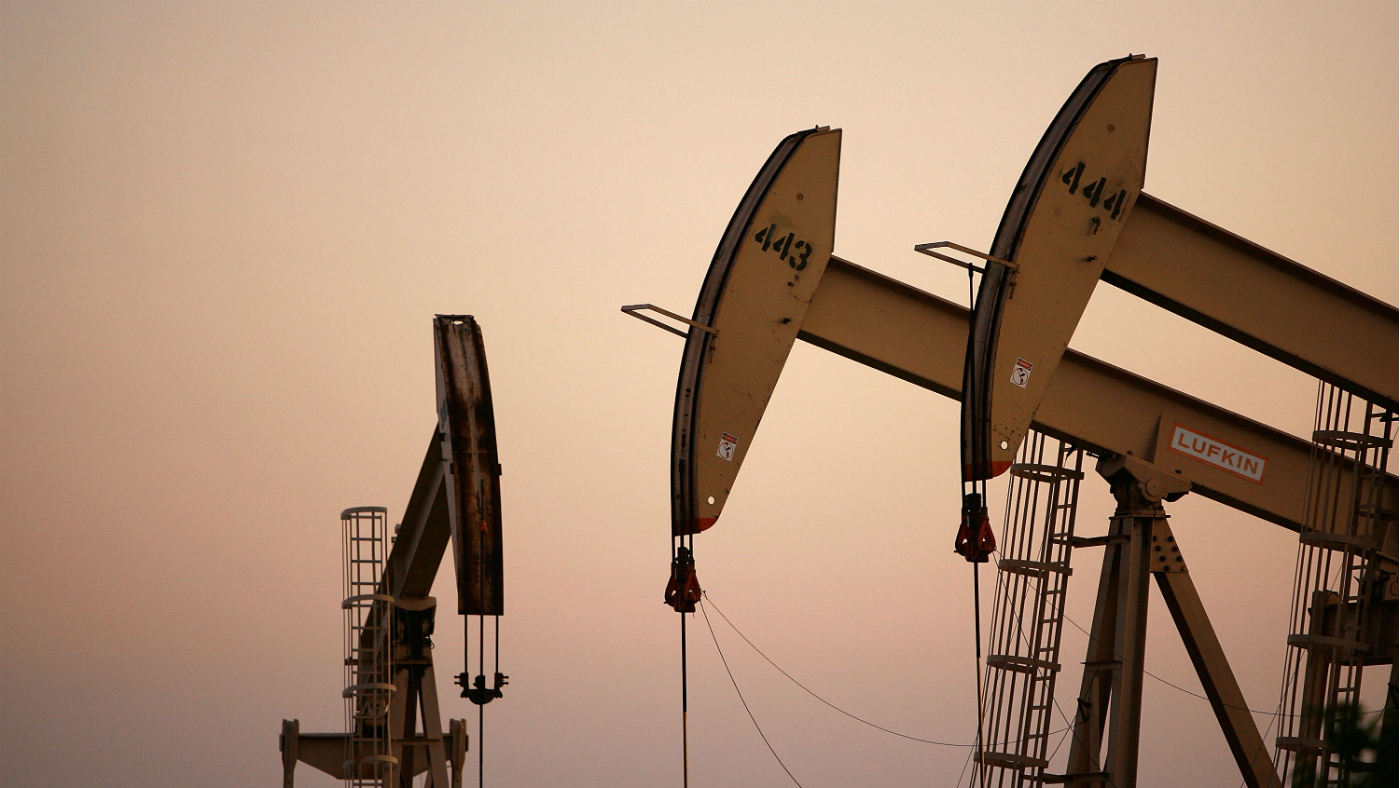 What do negative oil prices mean?
What do negative oil prices mean?In Depth Perfect storm of oversupply and storage shortages sees producers paying to get rid of US crude